In December, a total of 32 highway toll concessionaires protested the government’s move to directly award the the multi-lane free-flow toll system (MLFF) contract to a single, private company. The concessionaires said that the “appointment agreement” with KJS-SEP Synergy, a company linked to YTL Corporation, for the project was carried out without consulting the highway concessionaires, who would eventually foot the bill.
Now, another name has emerged on that front, with the Berjaya Group said to be seeking support from highway concessionaires on a competing bid to install the proposed barrier-free system at toll plazas, FMT reports.
A source told the news publication that senior Berjaya executives have held individual meetings with representatives of the 32 concessionaires to get feedback before submitting its final proposal to the works ministry. The source reportedly said that the Berjaya offer is more palatable compared to the earlier proposal, which is still being considered by the government.
The source said that the Berjaya proposal would let the highway concessionaires construct their own MLFF toll booths, while Berjaya or another company would provide toll collection services. With this approach, the concessionaires will get their revenue the next day, as is being practised now, the source revealed.
The report added that concessionaires are proposing that the company providing the toll collection service to take care of revenue leaks that arise when toll booth barriers are removed, as the companies do not want to be bogged down with tracking down motorists who drive through toll plazas without paying.
The concessionaires also want the MLFF to be implemented only at major toll plazas in the Klang Valley, Penang and Johor, where traffic congestion is worse. This, the source told FMT, would bring down the deployment cost by 30%. It has previously been reported that RM3.46 billion had been allocated to implement a MLFF system by 2025.
The objection from highway concessionaires to the government’s plan of appointing the one company to handle the MLFF project stems from issues of cost and over contracts. The companies contended that they could implement a free-flow system for at least 30% less than the YTL proposal, and added that the move would also violate their individual agreements with the government.
They contended that the YTL plan would allow the new company to take over the concessionnaires’ toll operations and validation process, which would give rise to “potential integrity issues” regarding traffic and toll revenue. Under the agreement, the company would stand to collect RM650 million to RM850 million annually from the concessionaires over a 20-year period.
The government has not made a decision on the matter. Last month, it was reported that the Public Accounts Committee (PAC) was set to investigate the management of the MLFF’s implementation by the works ministry.

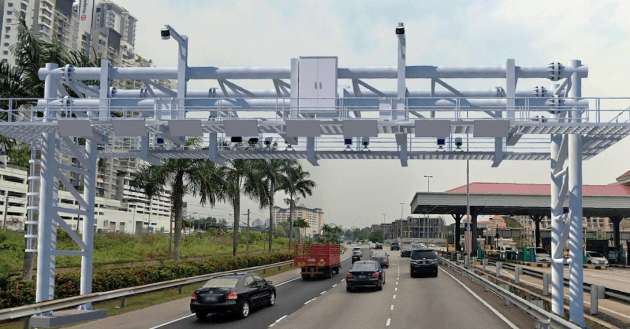
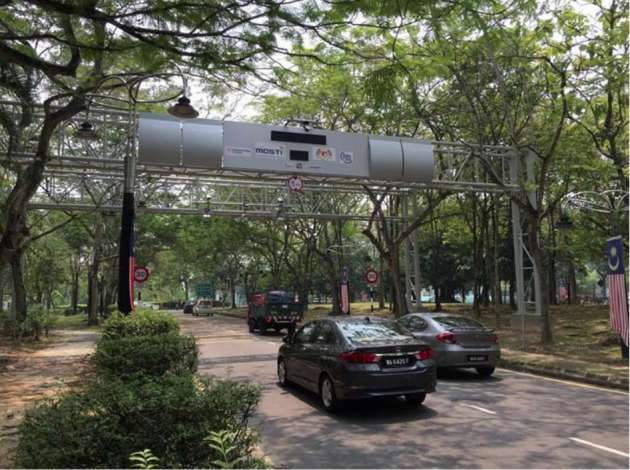
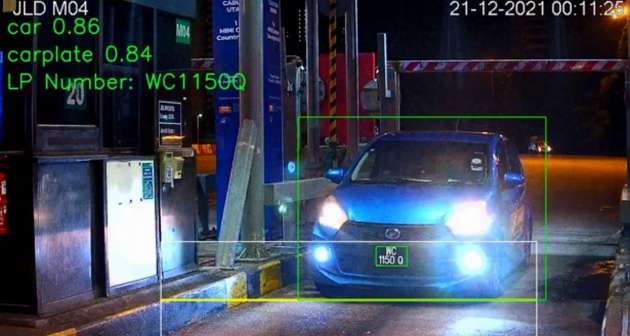
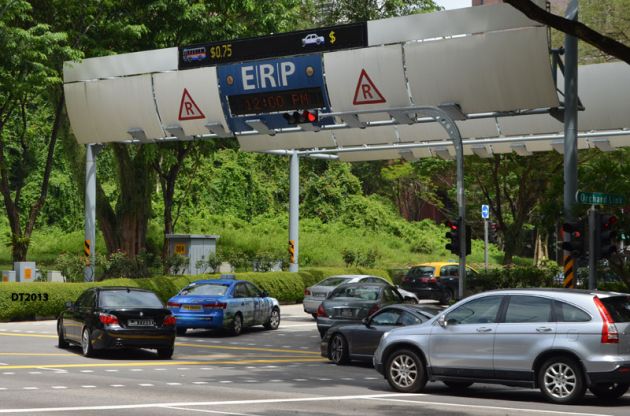
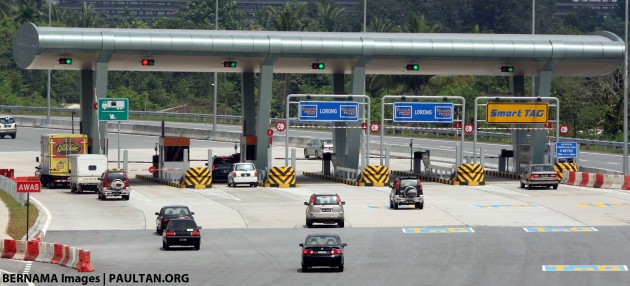
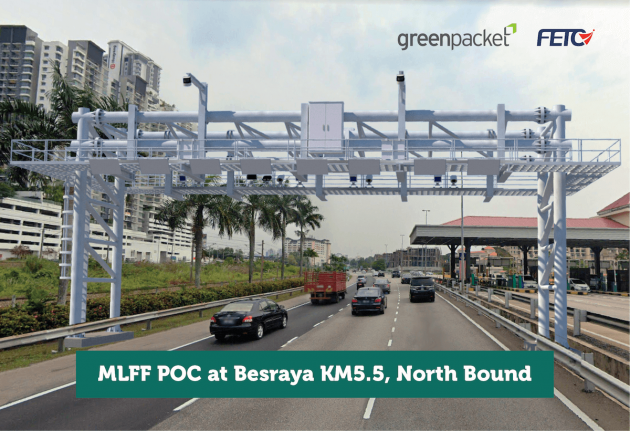


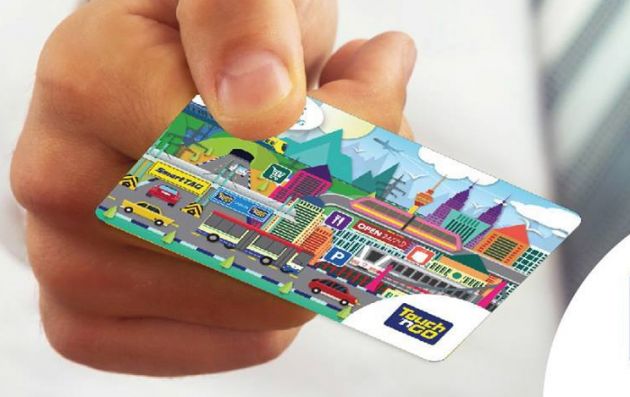


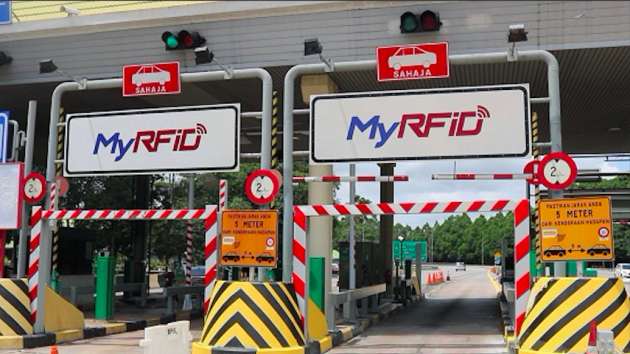
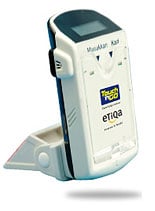 The government’s proposal to implement a MLFF (Multi-Lane Free Flow) electronic toll collection system here in Malaysia will be ready by the end of this year. We first heard of this sometime in mid-2008 where it was announced that a trial of a MLFF system sponsored by Mitsubishi would start at the LDP’s Sungai Penchala Toll plaza from November 2008 onwards.
The government’s proposal to implement a MLFF (Multi-Lane Free Flow) electronic toll collection system here in Malaysia will be ready by the end of this year. We first heard of this sometime in mid-2008 where it was announced that a trial of a MLFF system sponsored by Mitsubishi would start at the LDP’s Sungai Penchala Toll plaza from November 2008 onwards.